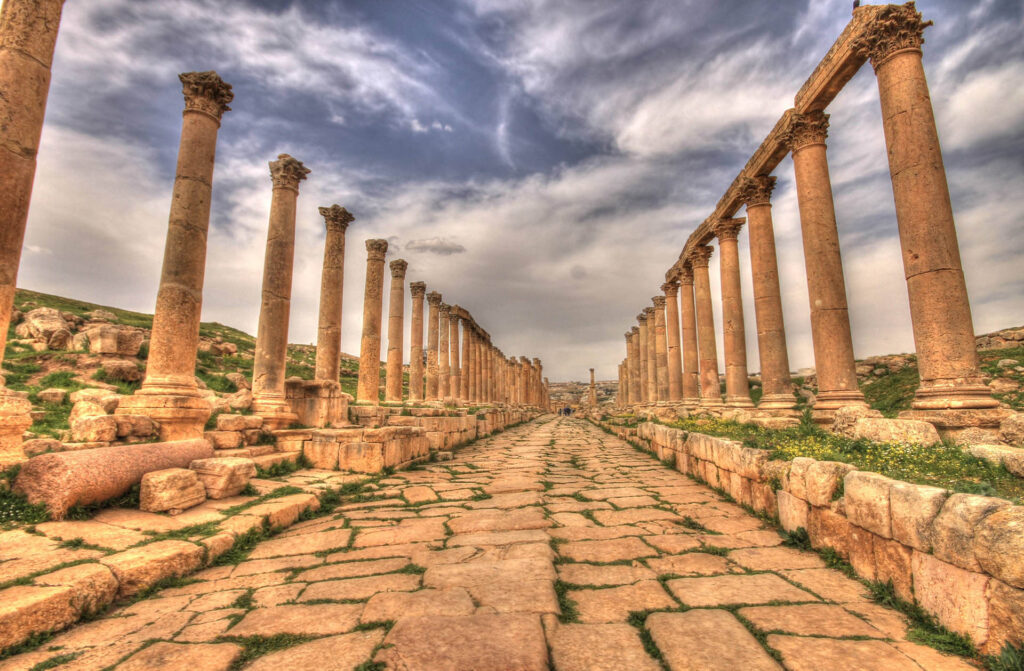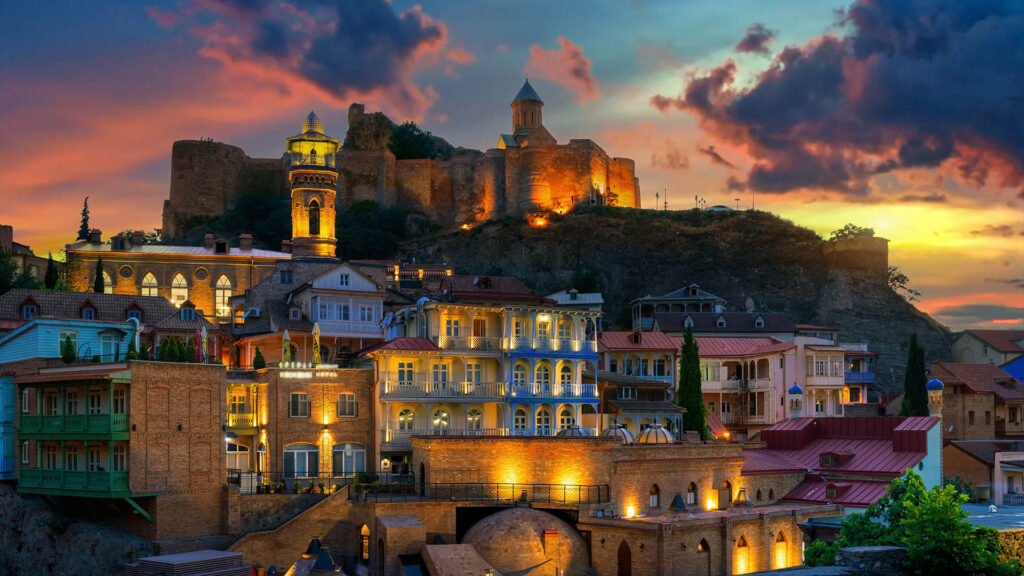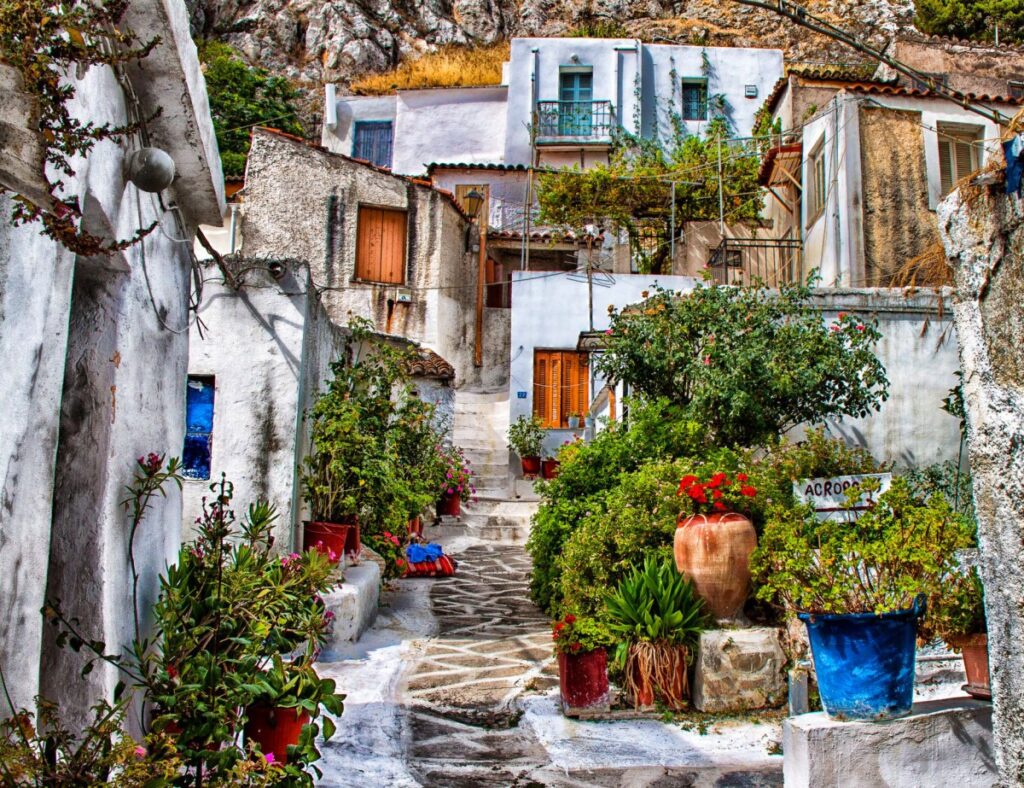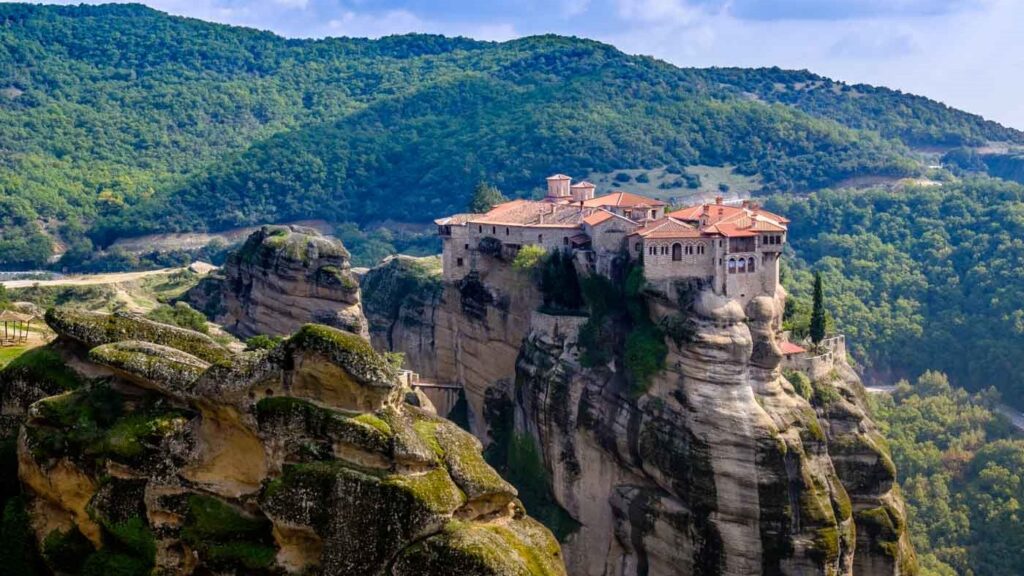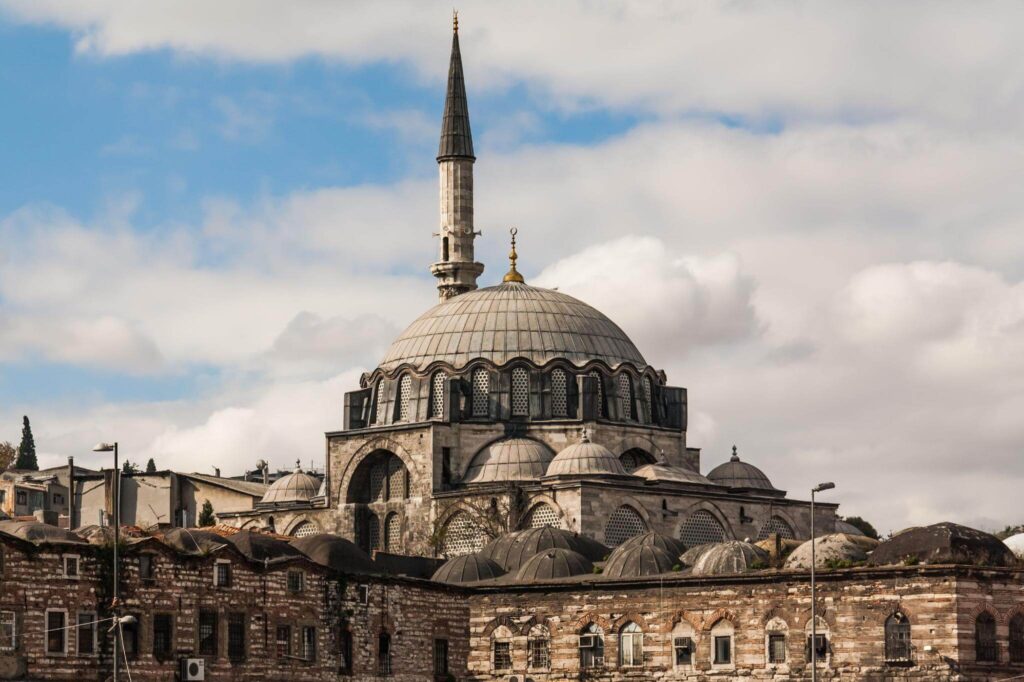Introducing The Historical Blue Mosque or Sultan Ahmet Cami
In the heart of Istanbul’s historic Sultanahmet district stands a magnificent architectural wonder that has captivated visitors for centuries: the Sultan Ahmet Camii, better known as the Blue Mosque. This iconic mosque, with its soaring minarets and cascading domes, is a testament to the artistic genius and spiritual devotion of the Ottoman Empire. From its exquisite interior adorned with thousands of iconic blue Iznik tiles to its harmonious blend of Islamic and Byzantine architectural styles, the Blue Mosque is a true masterpiece that continues to inspire awe and reverence.
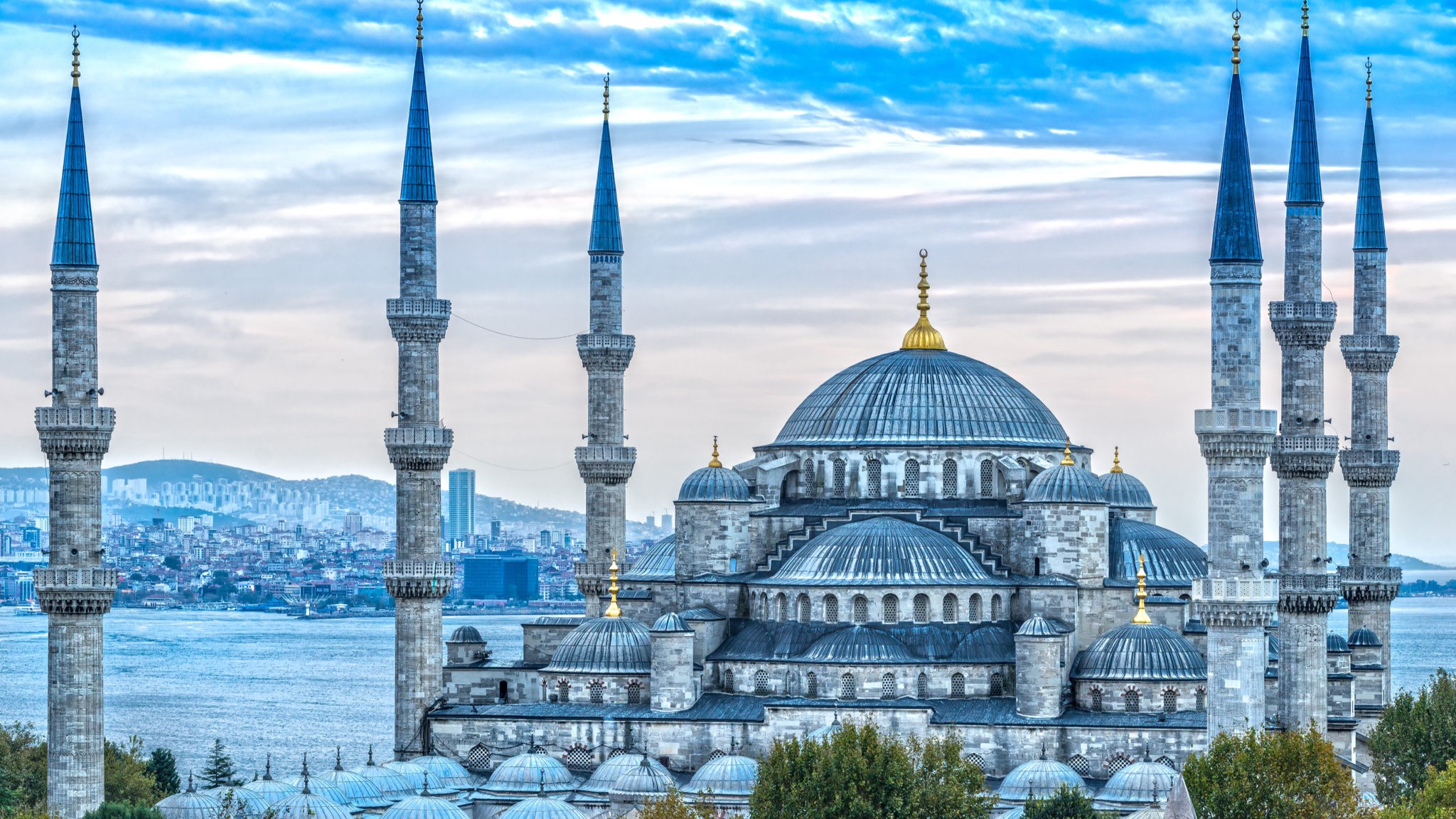
The Historical Blue Mosque or Sultan Ahmet Cami of istanbul
A Brief History
The Blue Mosque was commissioned in the early 17th century by Sultan Ahmet I, who sought to construct a grand imperial mosque that would rival and perhaps even surpass the splendor of the nearby Hagia Sophia. Construction began in 1609 and was completed in 1616, under the supervision of the renowned architect Sedefkâr Mehmet Ağa.
From its inception, the Blue Mosque was a symbol of the Ottoman Empire’s power, wealth, and artistic prowess. Its unique architectural features, including six minarets (a rarity at the time), were a bold statement of the sultan’s ambition and the empire’s grandeur.
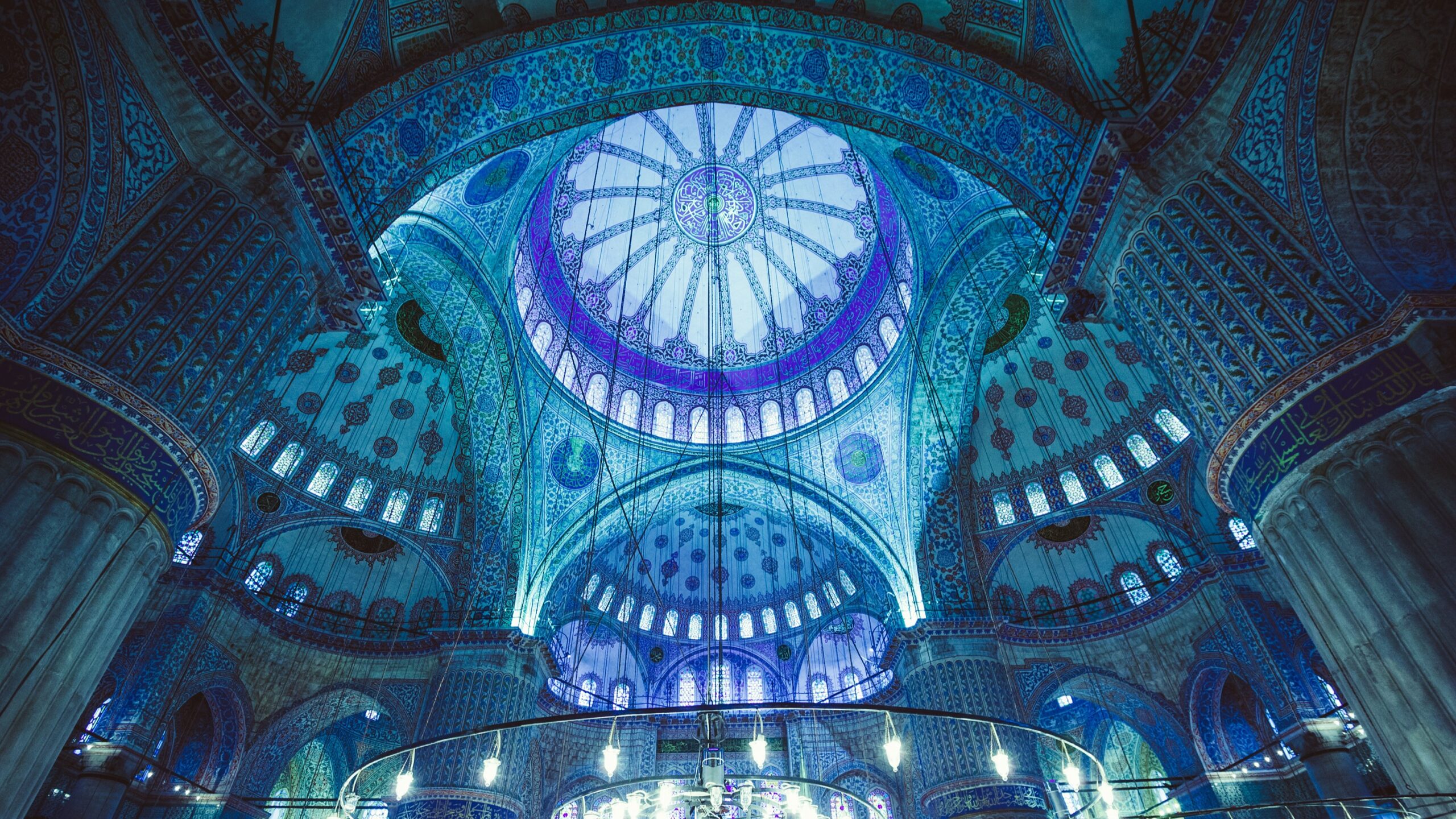
The Historical Blue Mosque or Sultan Ahmet Cami of istanbul
The Architectural Marvels
The Cascading Domes and Minarets
Upon approaching the Blue Mosque, one cannot help but be struck by its magnificent silhouette, dominated by a series of cascading domes and soaring minarets. The central dome, rising to a height of 43 meters (141 feet), is flanked by four semi-domes, creating a harmonious and visually striking ensemble.
The six minarets, each adorned with intricate decorations and crescents at the top, add to the mosque’s grandeur and serve as visual markers visible from various points throughout the city. These minarets, traditionally used to call the faithful to prayer, are a testament to the Blue Mosque’s significance as a place of worship and spiritual gathering.
The Interior Splendor
Step inside the Blue Mosque, and you will be greeted by a breathtaking display of artistic mastery and religious devotion. The vast prayer hall, spanning over 5,000 square meters, is a riot of color and intricate design. The walls are adorned with over 20,000 handmade ceramic tiles, each a masterpiece of the famed Iznik tilework tradition.
These iconic blue tiles, intricately patterned with delicate floral and geometric designs, give the mosque its distinctive name and create a mesmerizing atmosphere of tranquility and spiritual reverence. The tiles are complemented by intricate calligraphic inscriptions from the Quran, carefully executed by master calligraphers, adding an air of sacred sanctity to the space.
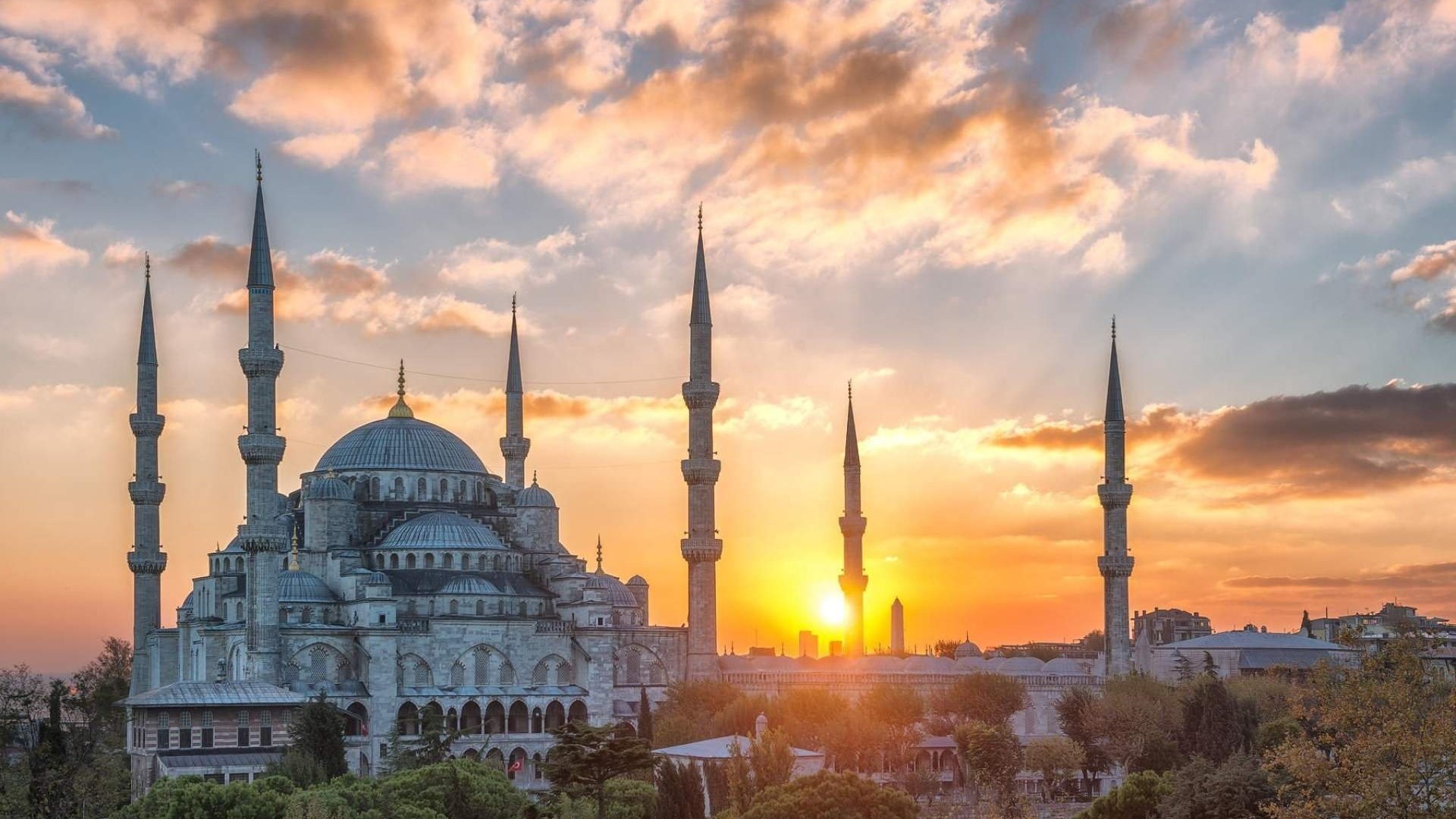
The Fusion of Architectural Styles
The Blend of Islamic and Byzantine Influences
One of the most remarkable aspects of the Blue Mosque’s architecture is its seamless fusion of Islamic and Byzantine influences. While the mosque’s overall design adheres to the principles of Islamic architecture, with its central dome and minarets, it also incorporates elements of the nearby Hagia Sophia, a former Byzantine church that served as a significant source of inspiration.
The Blue Mosque’s grand central dome, for instance, is supported by four massive pillars, a structural feature reminiscent of the Byzantine era’s architectural traditions. This blend of styles not only showcases the artistic genius of the Ottoman architects but also symbolizes the cultural exchange and synthesis that occurred during the empire’s reign.
The Courtyard and Ablution Fountains
Beyond the mosque’s interior, visitors can explore the expansive courtyard, a serene oasis that provides respite from the bustling city. The courtyard is adorned with ablution fountains, where worshippers can perform the ritual cleansing required before prayer.
These fountains, meticulously designed and decorated with intricate tilework and calligraphic inscriptions, are works of art in their own right. They serve as a reminder of the importance of purification in Islamic tradition and the attention to detail that permeates every aspect of the Blue Mosque’s design.
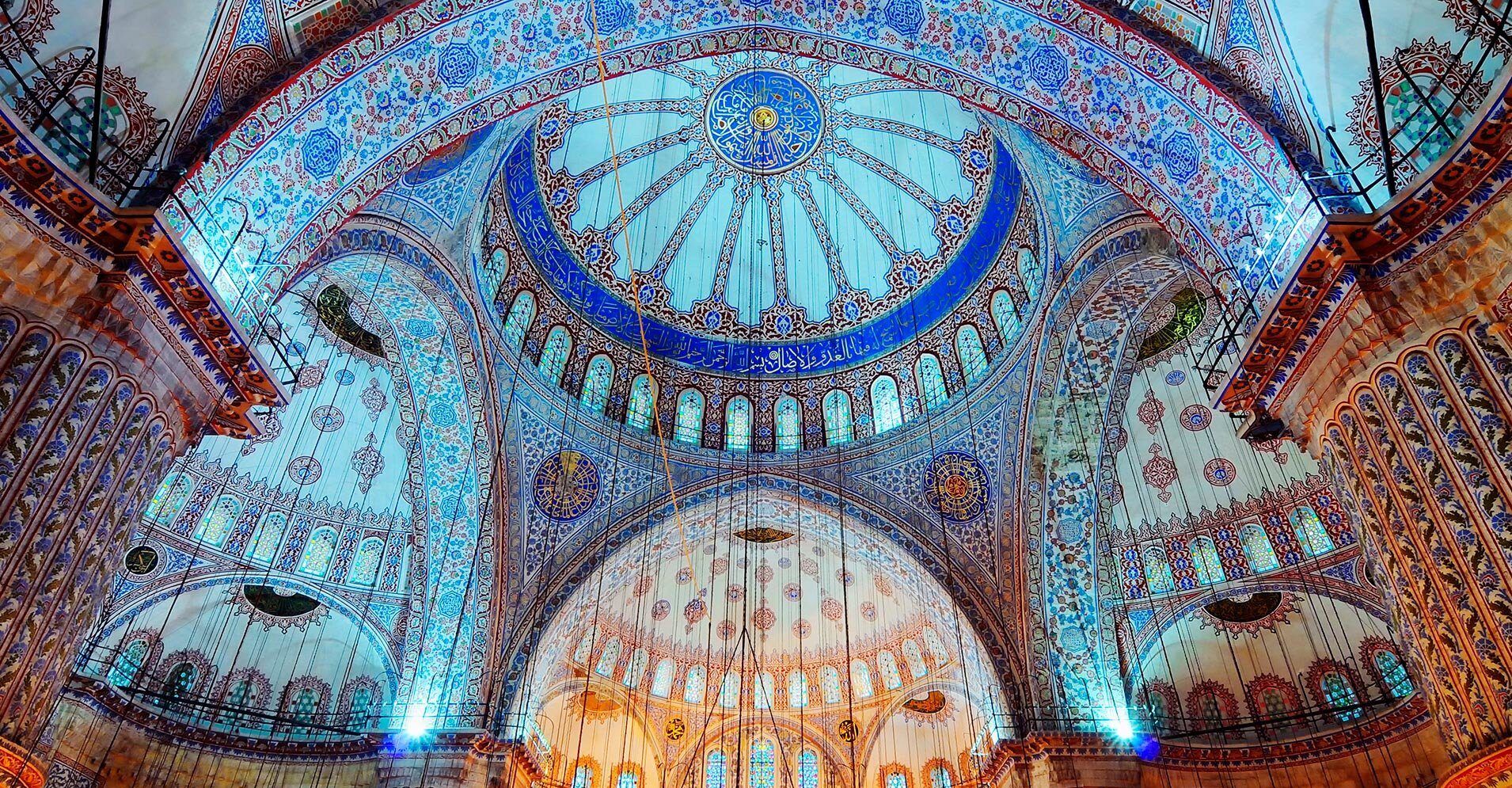
The Modern-Day Experience
Visiting the Blue Mosque
Visiting the Blue Mosque is an experience that transcends mere sightseeing; it is a journey into the heart of Islamic spirituality and Ottoman artistic expression. As you enter the mosque’s grounds, you will be greeted by a sense of tranquility and reverence, a stark contrast to the bustling streets of Istanbul.
Visitors are required to dress modestly and remove their shoes before entering the prayer hall. This act of respect is a small price to pay for the opportunity to immerse oneself in the Blue Mosque’s beauty and spiritual atmosphere.
Guided tours are available, providing in-depth insights into the mosque’s history, architecture, and religious significance. These tours not only enhance your understanding of the Blue Mosque but also offer a glimpse into the rich cultural heritage of Istanbul and the Ottoman Empire.

Cultural Events and Celebrations
The Blue Mosque is not just a place of worship; it is also a vibrant cultural hub that hosts a variety of events and celebrations throughout the year. During the holy month of Ramadan, the mosque comes alive with special prayers, recitations, and festivities, offering a unique opportunity for visitors to experience the spiritual essence of this sacred site.
Additionally, the Blue Mosque and its surrounding area are often the backdrop for cultural festivals, music performances, and art exhibitions, celebrating the city’s rich artistic traditions and fostering cultural exchange and understanding.
Conclusion
The Blue Mosque is a true masterpiece that stands as a testament to the artistic genius, spiritual devotion, and cultural synthesis of the Ottoman Empire. Its iconic blue tiles, soaring minarets, and harmonious blend of architectural styles continue to captivate visitors from around the world, offering a glimpse into the grandeur of Istanbul’s past and the enduring power of religious architecture.
Whether you are a devout Muslim seeking spiritual solace, an architecture enthusiast marveling at the intricate details, or a curious traveler simply seeking to immerse yourself in the city’s rich cultural tapestry, the Blue Mosque is a must-visit destination. Its timeless beauty and sacred atmosphere will leave an indelible mark on your soul, reminding you of the transcendent power of art, faith, and human ingenuity.


